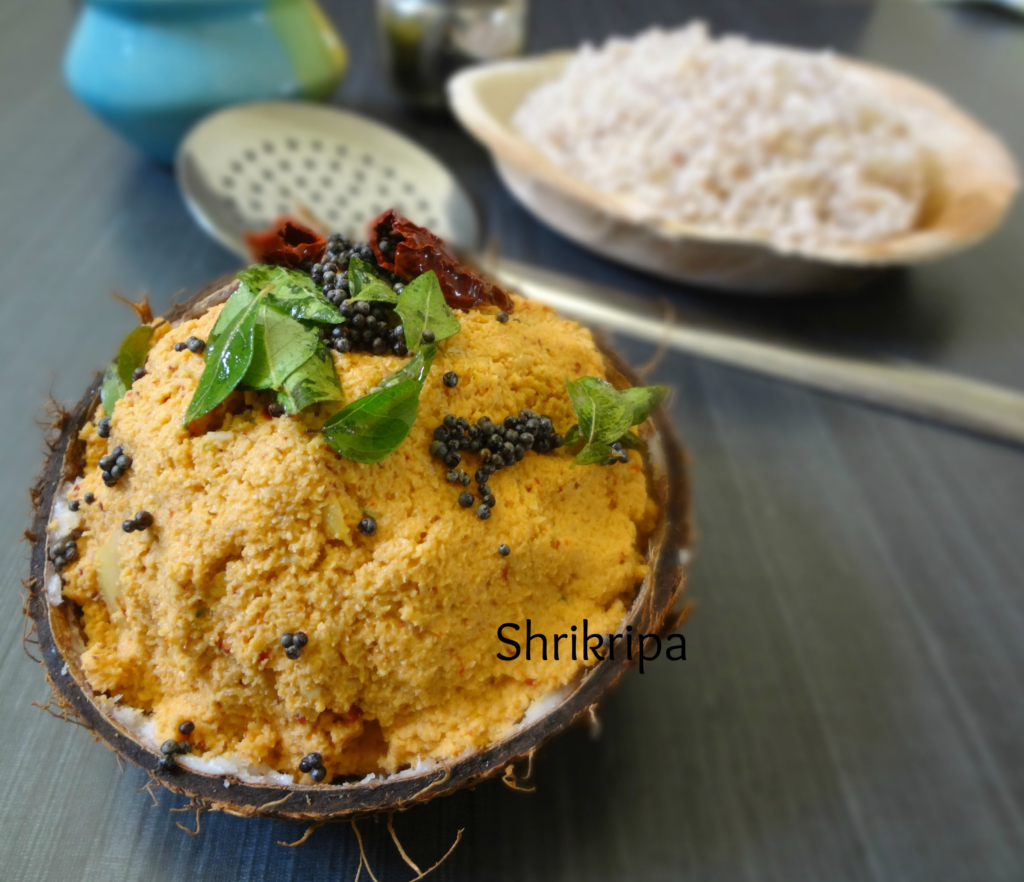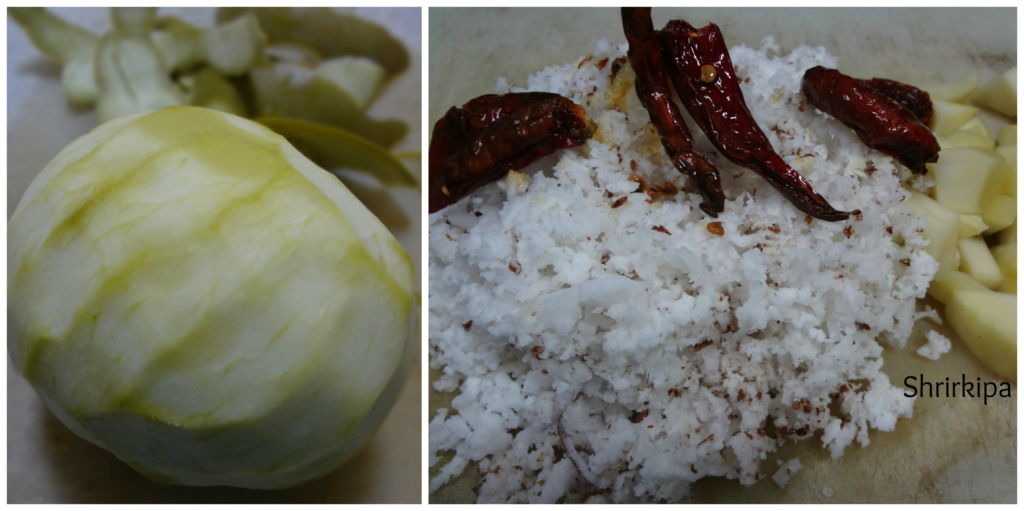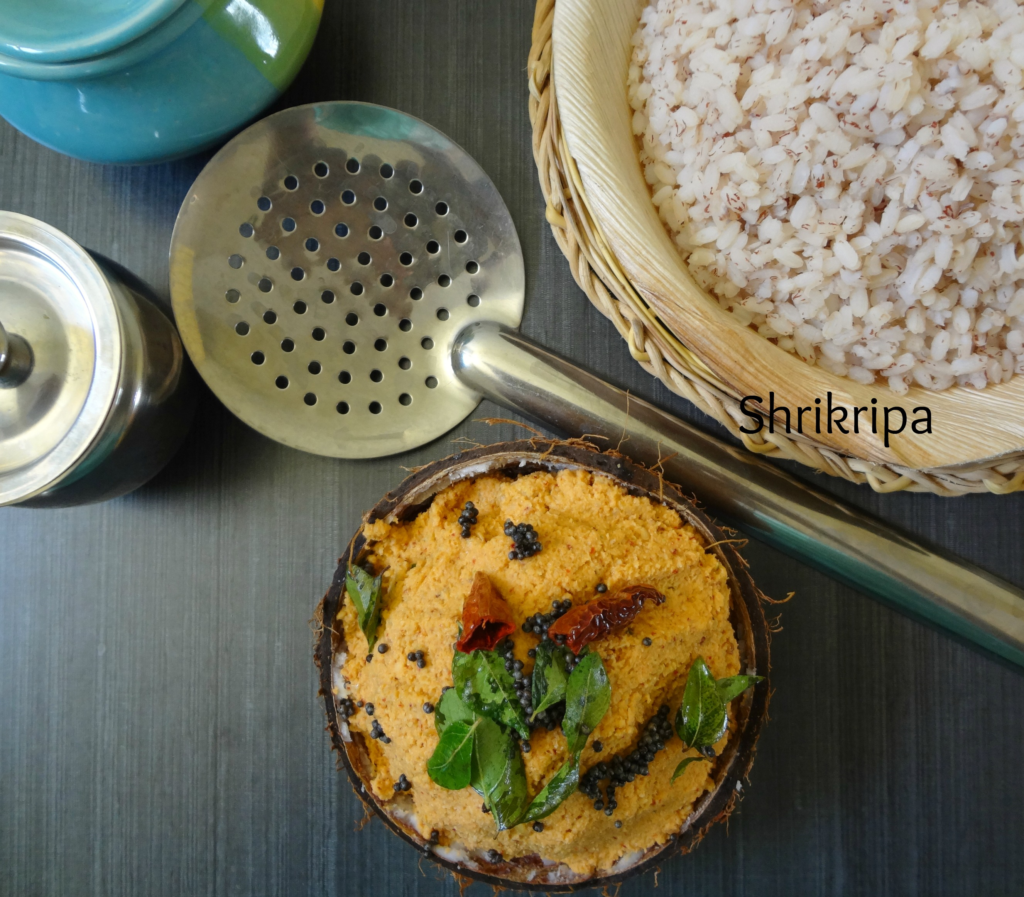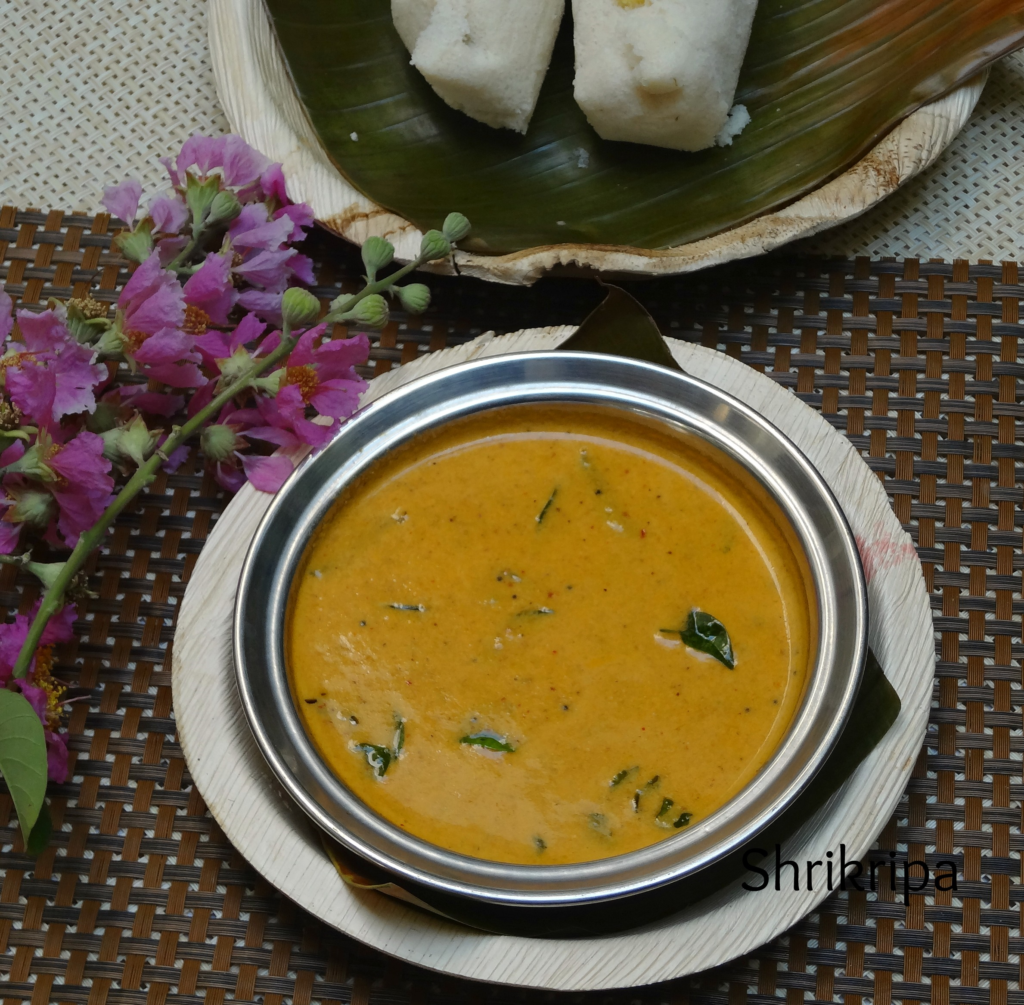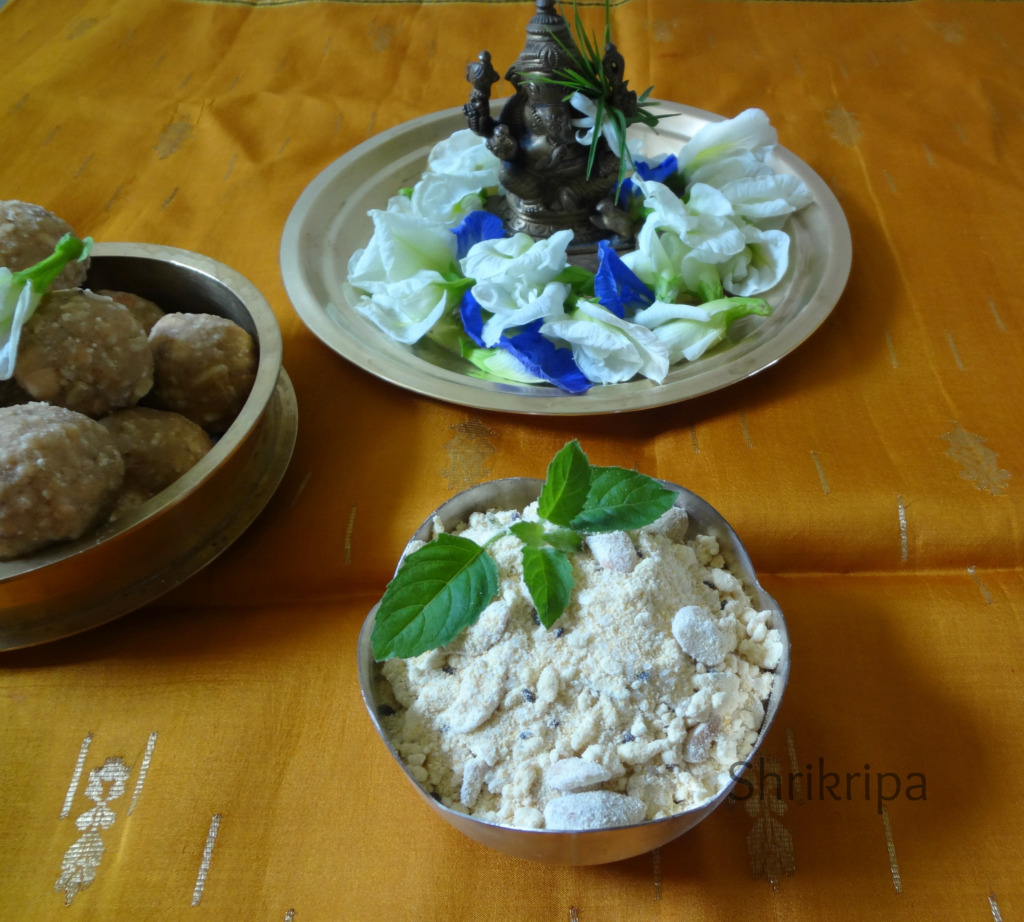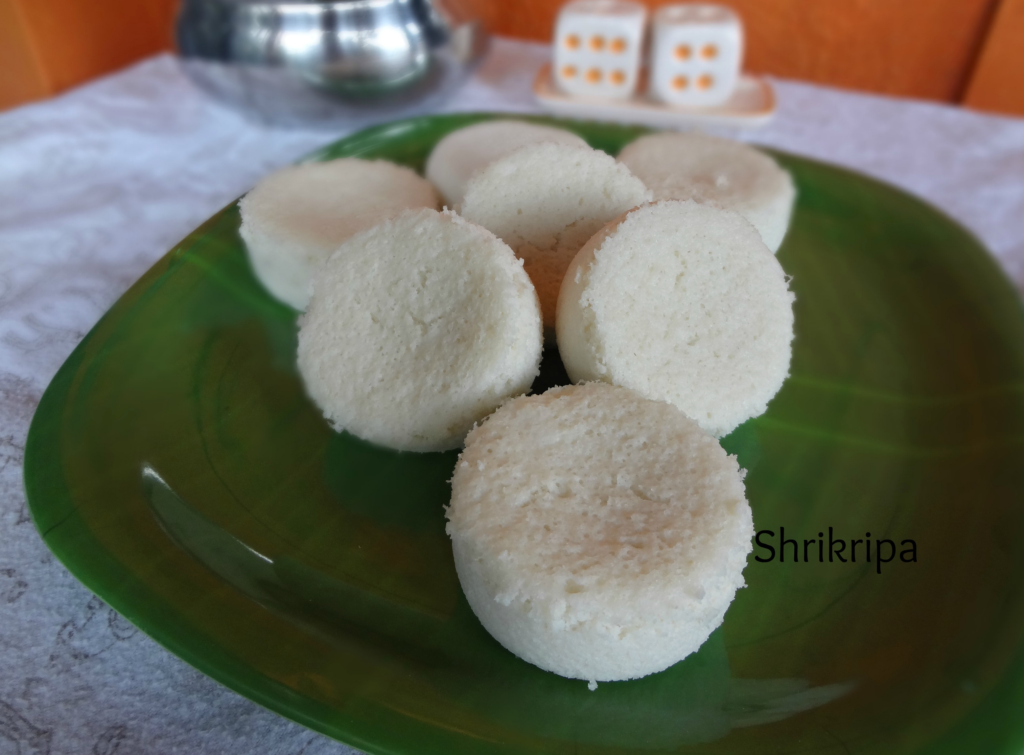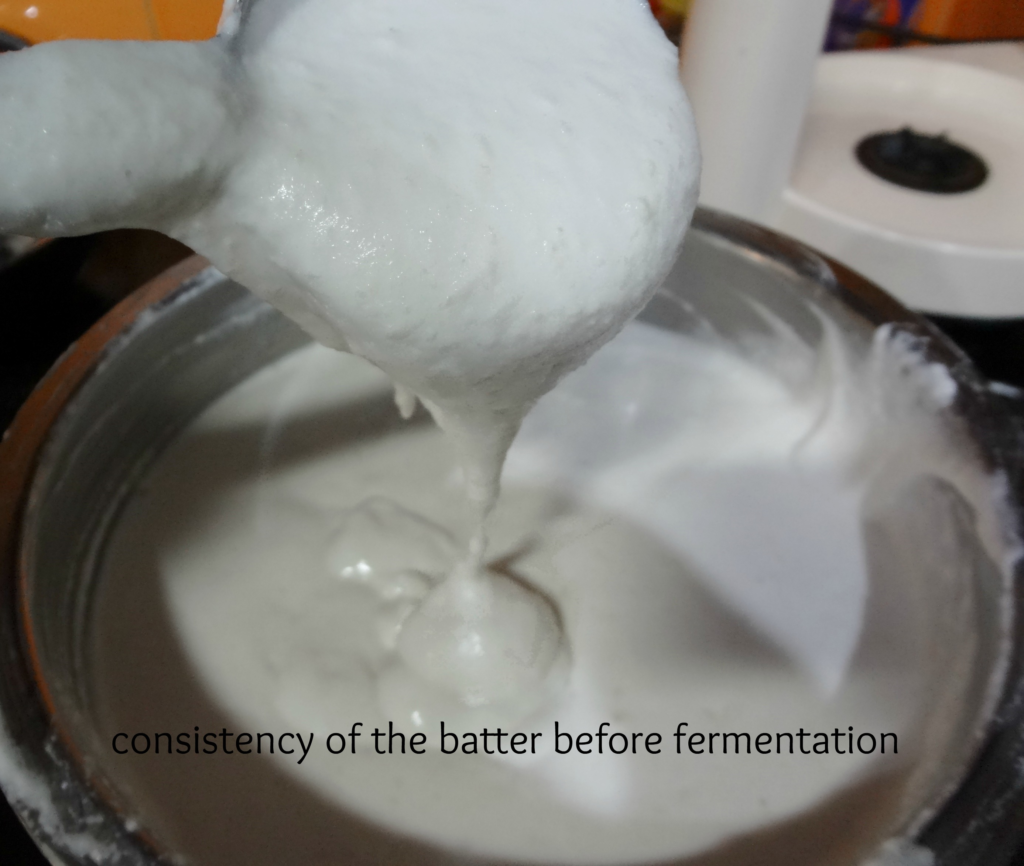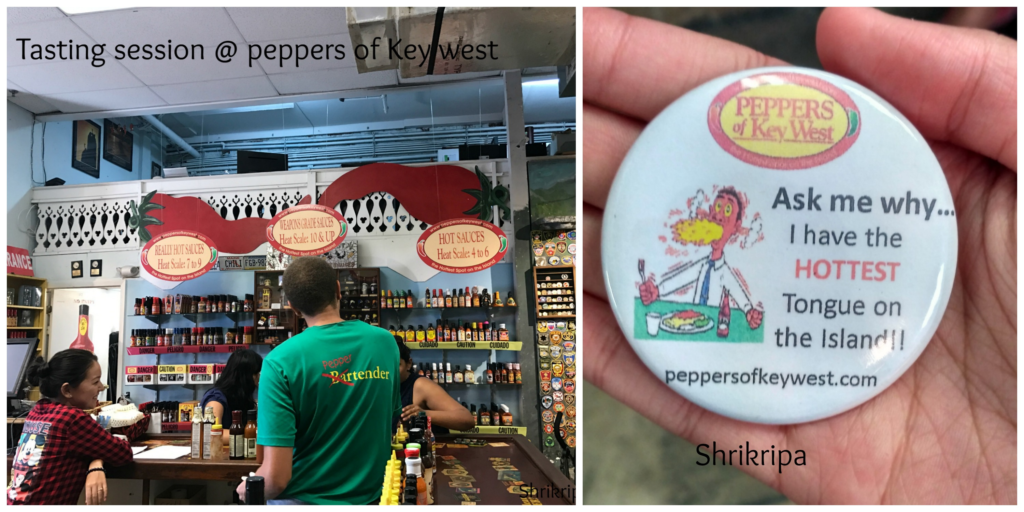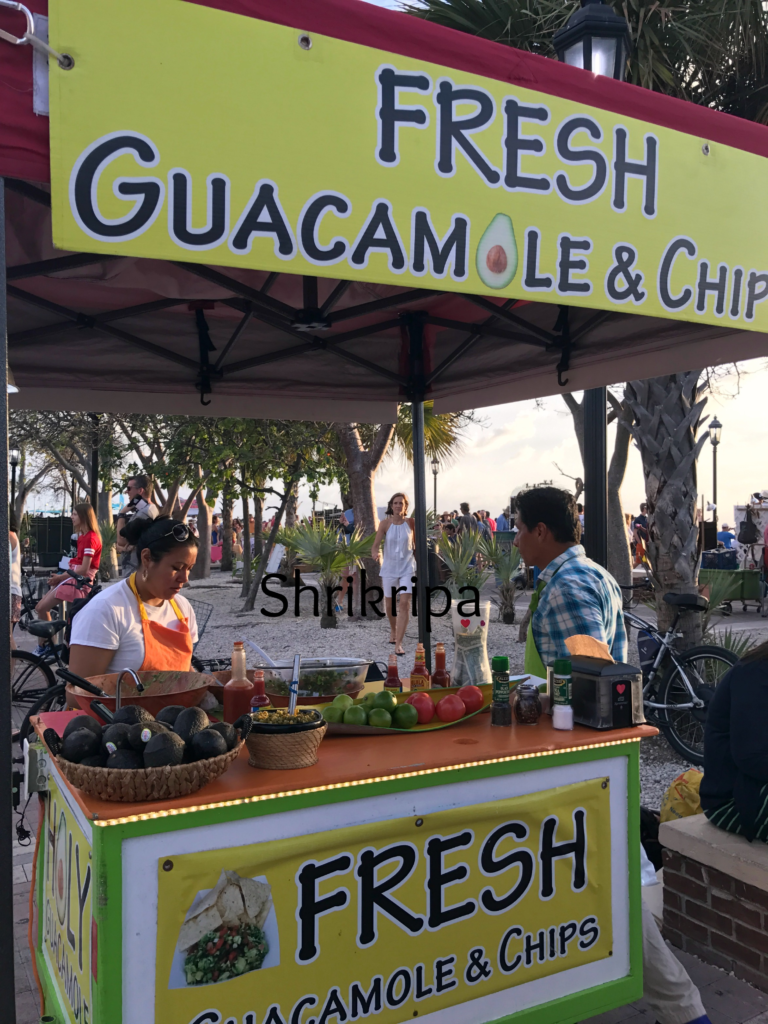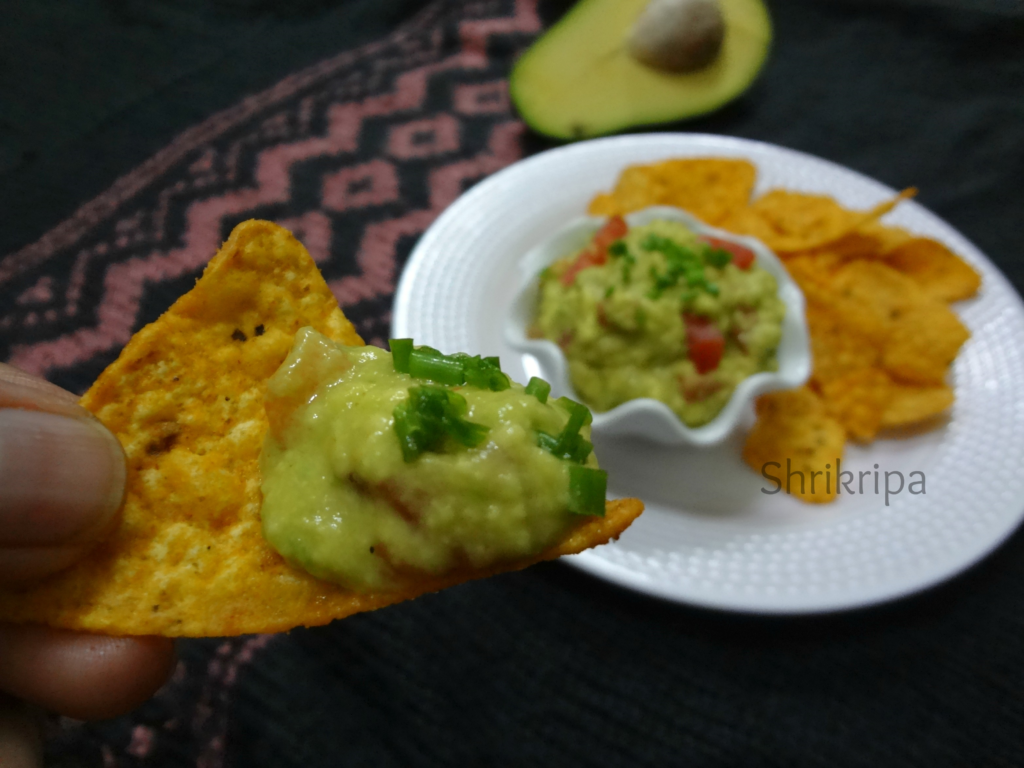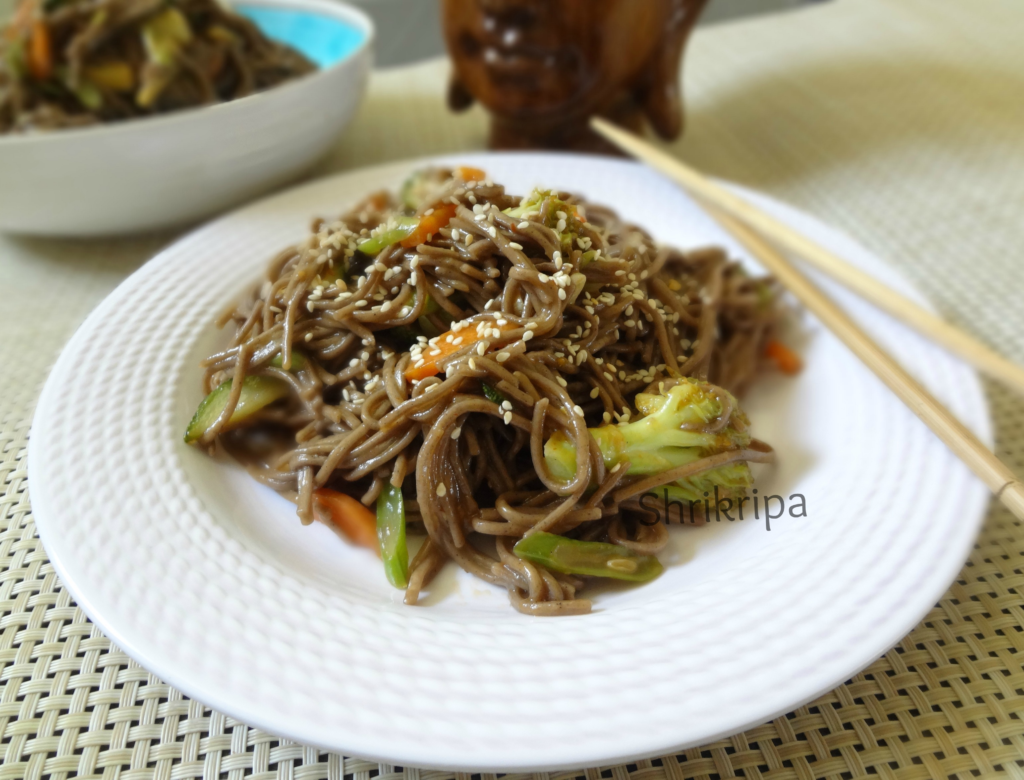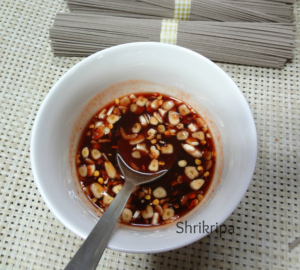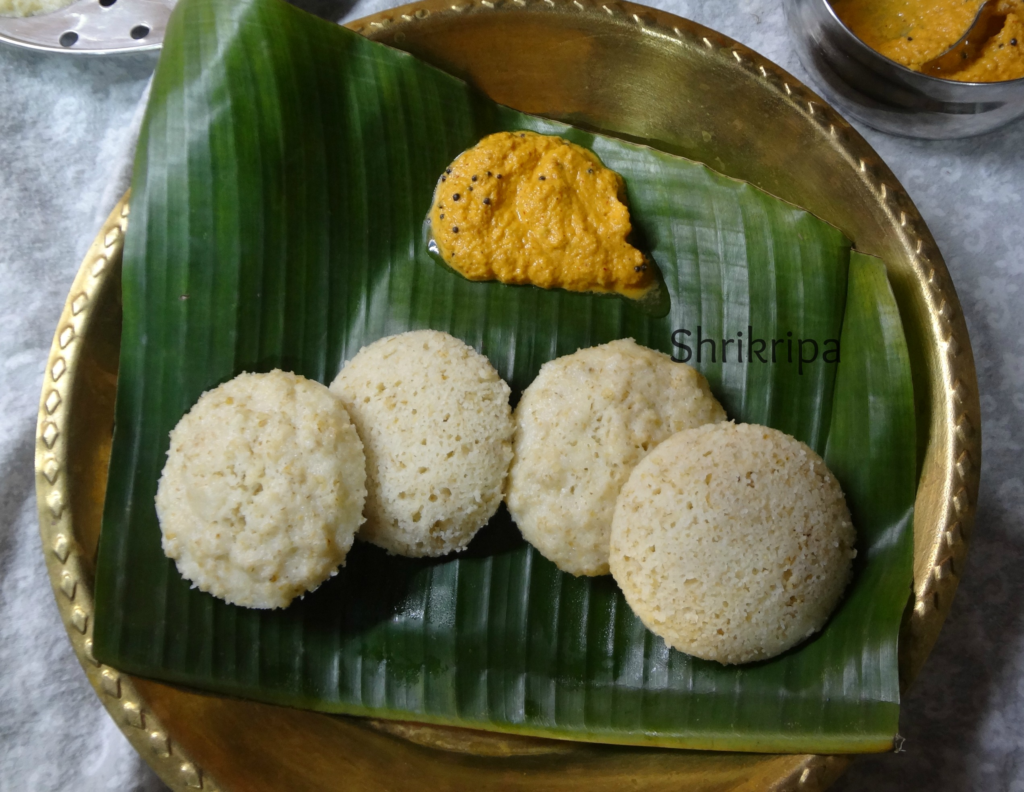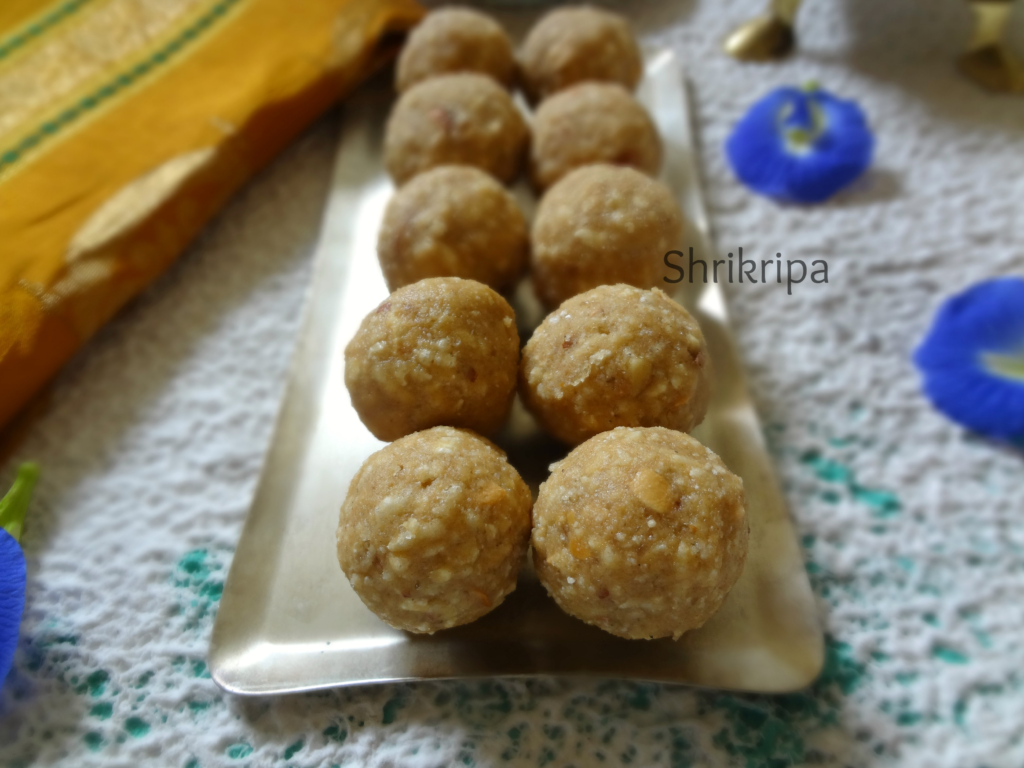Whenever you have large stock of over ripe bananas, this is one such procedure one can follow and finish off all the stock and preserve this for future use. This preserve stays good almost a year or more in the freezer. It is a very handy when you want to make banana payasam/kheer or Halwa. Here I have used yellow small variety of banana from Mangalore and we call this as Kadali.

Ingredients:
Over ripe banana – 22
Sugar – 1 bowl
Method:
– Put all the peeled bananas to mixer grinder and make a smooth paste.
– Measure this by using any bowl of your choice. If this paste is 3 cups in quantity take one cup of sugar in that same measurement cup.
– So, your ratio of banana paste and sugar will be 3:1.
– Take one thick bottomed kadai, put this paste and keep gas flame in a very low flame and cook for a while.

– When it changes its colour to milky white, then to a pale colour and when you smell the banana flavour in the air, add sugar and mix this in a regular interval.
– After some time, it will turn into a pinkish or reddish colour and it will start to leave the sides of the kadai. Now it is the time to remove it from the fire.
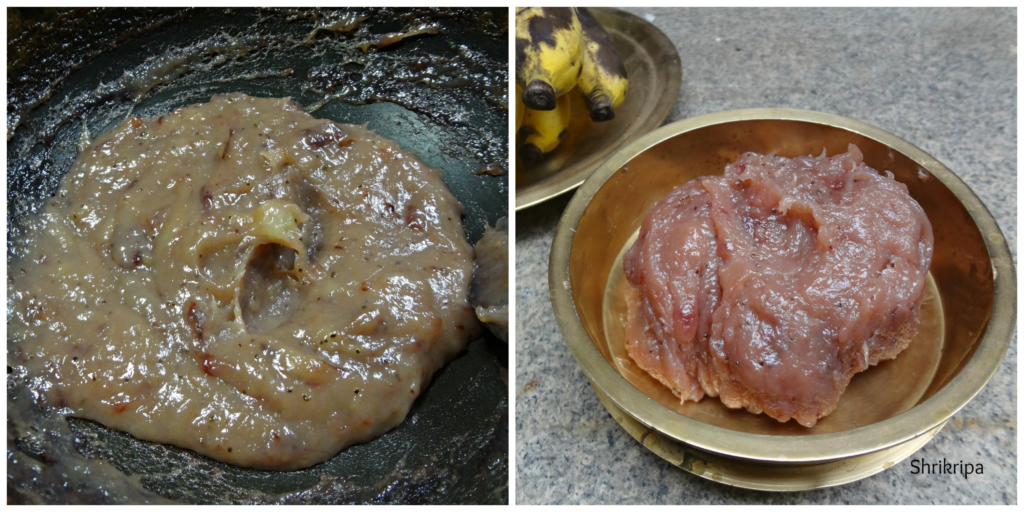
– Keep as it is and when it reaches room temperature; store it in an airtight container or a zip lock.
– You can do this in a microwave as well. Only thing, you should remove the glass bowl at regular intervals and give a stir and proceed as given above.

